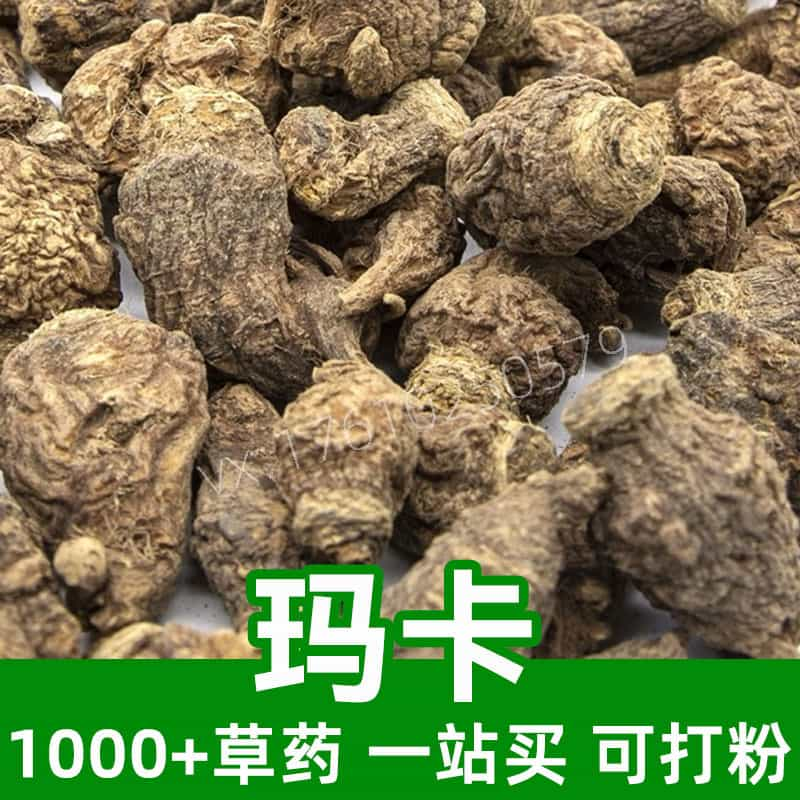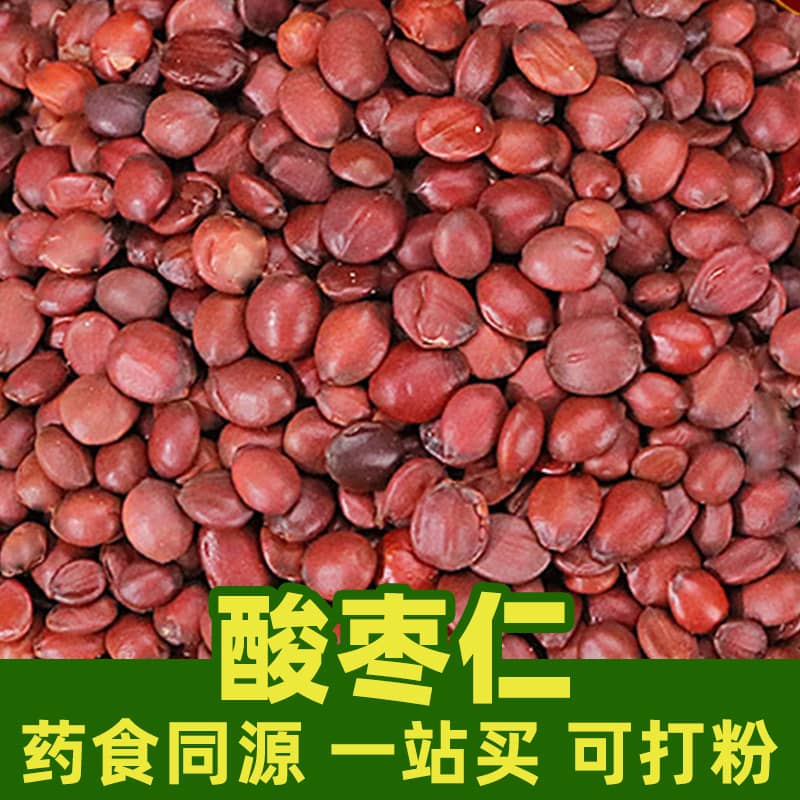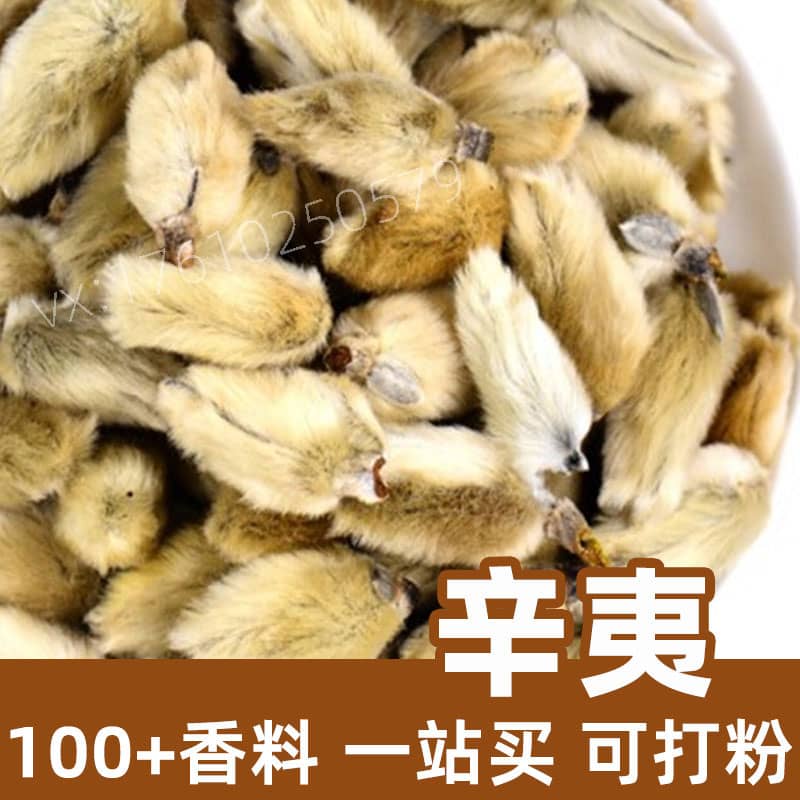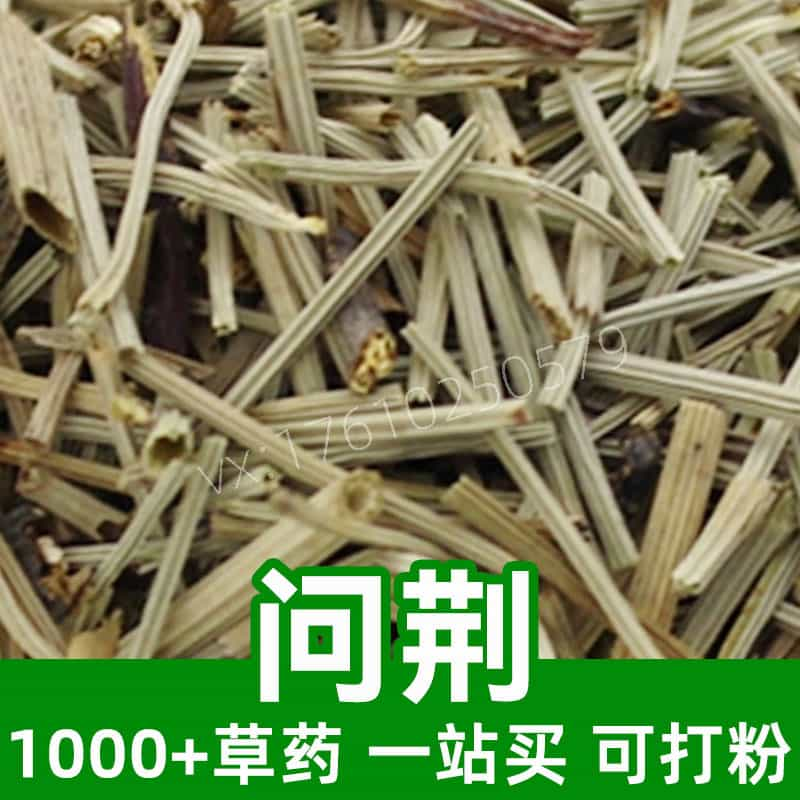Bitter Buckwheat Product Introduction
Bitter buckwheat is an agricultural product with rich nutritional value. Its main components include protein, dietary fiber, vitamins, minerals, and a variety of bioactive substances such as flavonoids and alkaloids. Bitter buckwheat is native to Asia, Europe, and North America and is an annual herbaceous plant.
Bitter buckwheat is known for its unique flavor and rich nutritional content, and is widely used in food processing and traditional Chinese medicine preparation. In the food field, bitter buckwheat can be made into various products such as flour, noodles, and oatmeal, providing people with healthy and nutritious food choices. At the same time, in the field of traditional Chinese medicine, bitter buckwheat is used to prepare medicinal and edible traditional Chinese medicine products, which have the effects of clearing heat and detoxifying, lowering blood lipids, and lowering blood sugar, and are commonly used to treat diseases such as high blood pressure, hyperlipidemia, and diabetes.
In summary, as a multifunctional agricultural product, bitter buckwheat can not only be used for food processing, enriching people's dietary choices but can also be used for traditional Chinese medicine preparation, providing a guarantee for people's health.
Bitter Buckwheat Source Plant Introduction, Distribution, and Growth Environment
Bitter buckwheat (scientific name: Fagopyrum esculentum), also known as bitter buckwheat, buckwheat, and buckwheat rice, is an ancient cereal crop that belongs to the Polygonaceae family and the Fagopyrum genus and is an annual herbaceous plant. Below is a detailed introduction to the source plant, distribution, and growth environment of bitter buckwheat.
Source Plant
- Bitter buckwheat originates from Central Asia and was first cultivated in the Himalayas. According to historical records, the cultivation of bitter buckwheat in China has a history of thousands of years.
- The planting of bitter buckwheat is mainly based on its seeds for food and medicinal purposes because its seeds are rich in starch, protein, and vitamins and are widely cultivated and utilized.
Distribution
- Bitter buckwheat is a crop with strong adaptability and is distributed all over the world. It is mainly cultivated in temperate regions, including Europe, North America, Asia, and Africa.
- In China, the main distribution areas of bitter buckwheat include the southwest, northwest, north, and northeast regions, among which Yunnan, Guizhou, and Sichuan provinces have more concentrated cultivation.
Growth Environment
- Soil requirements: Bitter buckwheat has strong adaptability to soil and can grow in acidic, alkaline, and neutral soils, but it grows better in well-drained, fertile soil.
- Climatic conditions: Bitter buckwheat has loose climatic requirements, is cold-resistant, drought-resistant, and has strong adaptability. Generally speaking, the suitable temperature for growth is 15°C to 25°C, and higher temperatures will affect the growth and fruiting of bitter buckwheat.
- Light requirements: Bitter buckwheat likes plenty of sunlight, and sufficient light is conducive to the growth and fruiting of bitter buckwheat.
Cultivation Methods
- The cultivation method of bitter buckwheat is relatively simple, usually using direct seeding or transplanting methods. After sowing, it is necessary to fertilize, weed, and irrigate in time to ensure the normal growth and bumper harvest of bitter buckwheat.
In summary, as an important grain and economic crop, bitter buckwheat is widely cultivated worldwide. Its strong adaptability and loose growth environment make it one of the important crops in many regions.
Monica Sun is a seasoned expert in the natural raw materials industry, with over a decade of experience specializing in traditional Chinese medicinal herbs, spices, and fungi. She is skilled in the sourcing, processing, and application of these materials, emphasizing sustainability and innovation. Monica Sun has contributed to the development of high-quality natural raw materials that serve as essential components in functional foods, pharmaceuticals, and cosmetics, delivering tailored solutions to meet diverse market needs.















